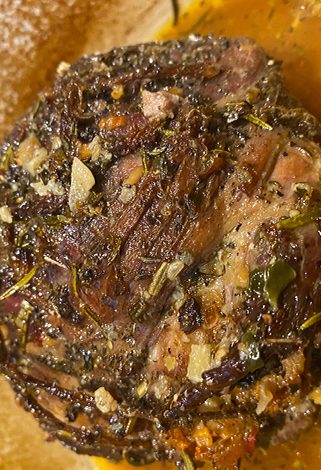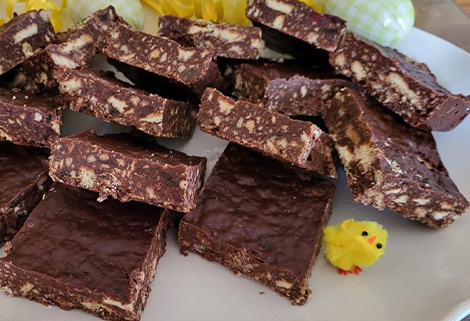keeping things in good order
whether it's your engine or your mind
Last October, whilst cruising on the Thames, our boat stalled, which was pretty scary at the time and the problem seemed to be related to mucky fuel. A bit of a surprise as we'd had the fuel polished in July. Once we reached our winter mooring in Newbury we heaved a sigh of relief, little thinking it would be mid May before we could cruise again, due to the red boards on the Kennet river.
A problem with our Webasto heater led to us calling out an engineer, who discovered that we had an exceptionally rusty fuel tank, compounded by a quantity of water in the tank, more than could be accounted for by condensation alone. All pretty depressing really but once Joe emptied the tank, cleaned it thoroughly and replaced the newly polished fuel along with the fuel filters, we felt a renewed confidence in restarting our cruising.
Obviously, keeping the internals of the boat in good repair makes all the difference to how the boat runs, but so often you don't realise there's a problem until it's a bit late. My other half tells me the fuel got all joggled up when we were on the river stretch of the Kennet, resulting in the dirty fuel on the bottom getting mixed with the clean fuel above. Regular servicing helps but it can't mitigate everything, so suddenly you find yourself in a bit of a fix.
That's rather like life. Unless we keep our internal self in good order we can find ourselves sinking rather than swimming through life. Negative emotions stop us from living well. Holding onto anger, bitterness, disappointment hinders our ability to get up in the morning and just enjoy the day. The less burdened our mind is from stress and worry, the better we can function.
It isn't always easy to do this in our own strength, especially if we facing some seemingly impossible situations. Sometimes we need a helping hand. Some people use therapy, or mindfulness or finding someone they can trust to share their burdens with. Personally I choose to pray to a God I believe in, who loves us unconditionally, and wants to be our helper throughout our earthly life. Not only is he there for us in our ups and downs, but he forgives us when we screw up, a bit like cleaning the fuel tank. The crud is removed and clean fuel replaces the muck so our internal being runs smoothly.
We often live with the belief that we require no extra help from anyone. This is especially the case when all is well and living feels easy. However it's when the hard times come along we realise life is not so simple. Negative thoughts and feelings from previous years may get mixed into the present, often the case when someone is bereaved for a second time. If they have managed to bury their feelings of grief, without dealing with them on the first occasion, the second bereavement stirs up all the previous emotions and the new bereavement is doubly hard to cope with. In addition to this, we don't want to run on an empty tank or run out of fuel!
We may be good at helping others and not so good at self care, so we end up depleted of energy and zest for life. Now that summer is hopefully around the corner, find opportunities to enjoy nature more, go for walks, chat to your neighbour or just relax in a sunny spot, watching the world go by.
We could all do with a bit of a recharge after this wettest of winters so I hope the sun chooses to shine!

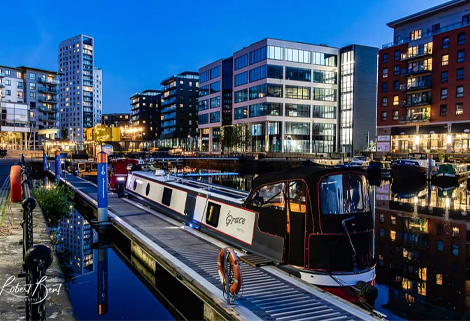
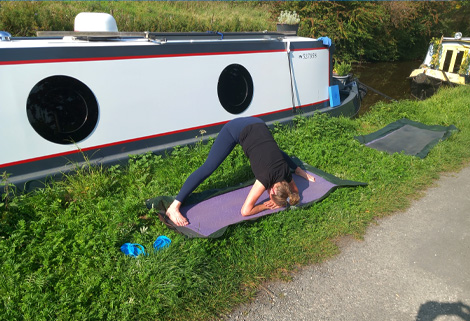
 Meet Charles Garven, who has been a Waterways Chaplain since 2021. He used to spend a long working week as a lorry driver but took early retirement during lockdown and, as life began to return to normal, re-evaluated his time.
Meet Charles Garven, who has been a Waterways Chaplain since 2021. He used to spend a long working week as a lorry driver but took early retirement during lockdown and, as life began to return to normal, re-evaluated his time.
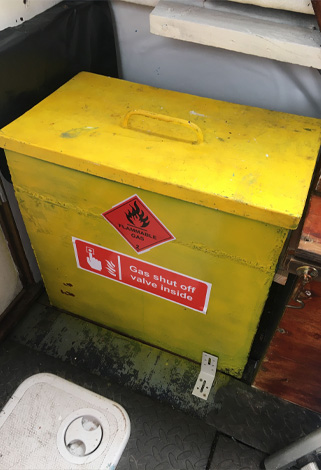
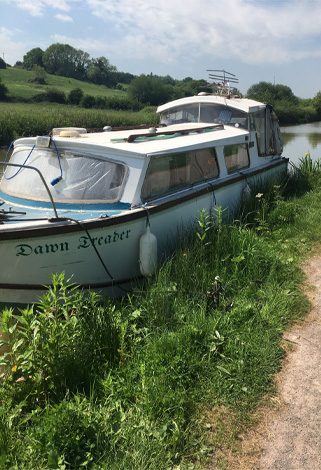
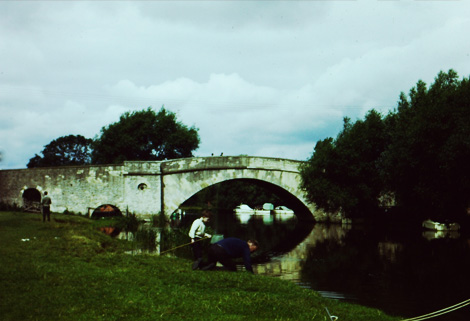
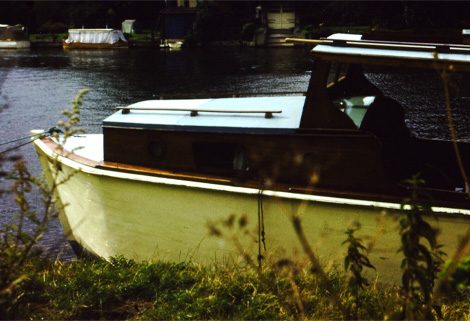
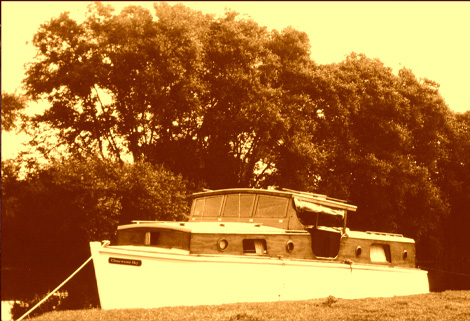
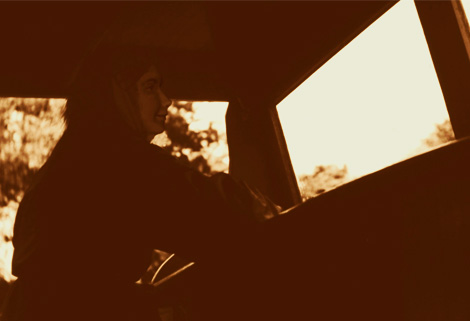
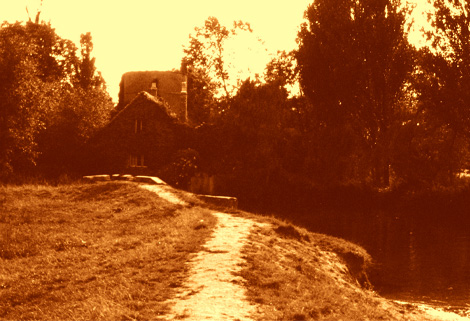
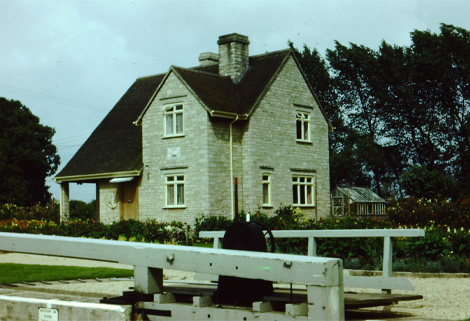
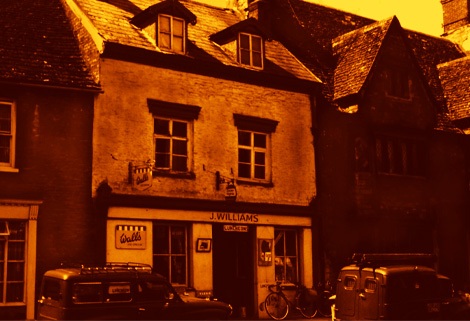
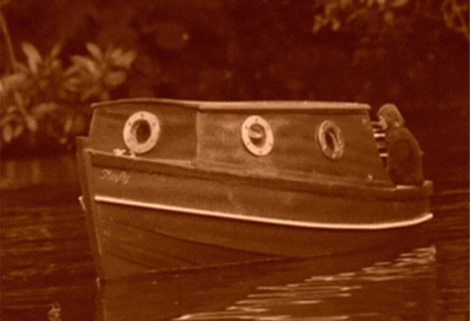
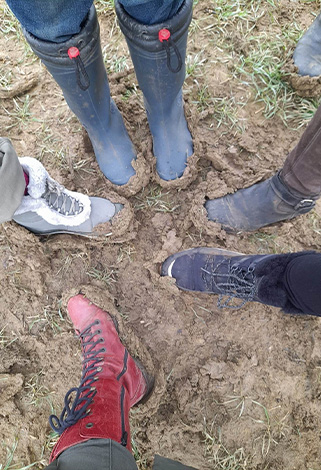
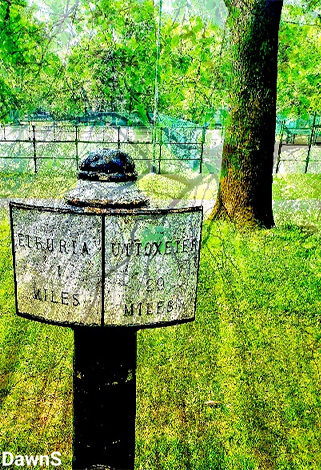
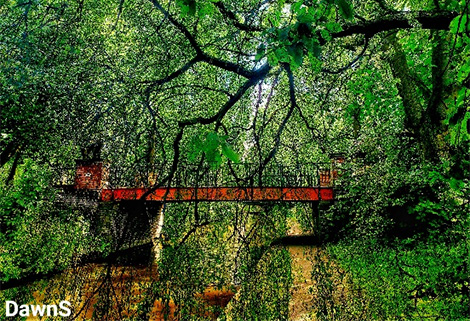
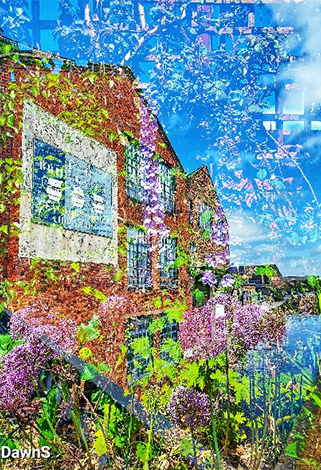

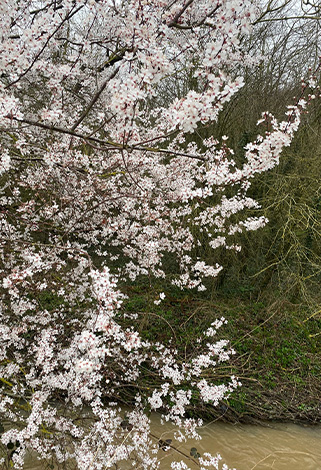 Spring for boaters is an optimistic season and a time when we emerge from our winter hibernation, looking forward to longer days and enjoyable cruising. Many of us will be planning our Summer travels and hoping for some drier weather at least, sunshine a bonus! Picture those days when the sunlight streams through the boat and the condensation disappears.
Spring for boaters is an optimistic season and a time when we emerge from our winter hibernation, looking forward to longer days and enjoyable cruising. Many of us will be planning our Summer travels and hoping for some drier weather at least, sunshine a bonus! Picture those days when the sunlight streams through the boat and the condensation disappears.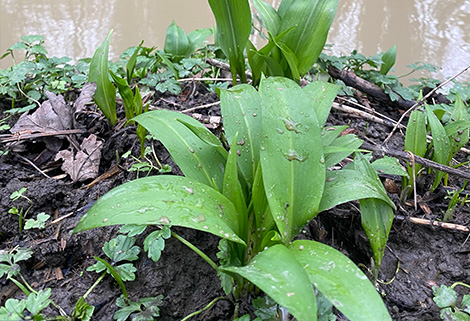 If bread looks a bit past it for a sandwich, make into breadcrumbs for stuffing, burgers and patties, they make a great topping for macaroni or cauliflower cheese. Fry slices in a little olive oil and seasoning and cut into croutons for a soup or casserole topping or toss in a salad, or make a simple bread and butter pudding.
If bread looks a bit past it for a sandwich, make into breadcrumbs for stuffing, burgers and patties, they make a great topping for macaroni or cauliflower cheese. Fry slices in a little olive oil and seasoning and cut into croutons for a soup or casserole topping or toss in a salad, or make a simple bread and butter pudding.
